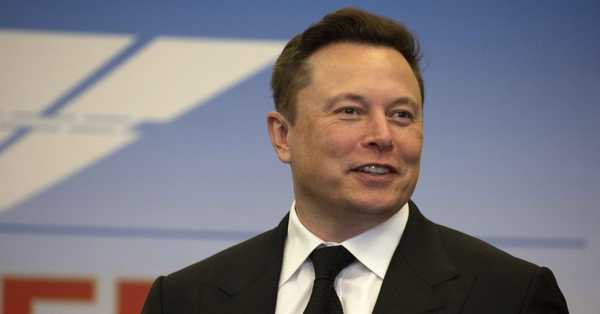He wants to catch boosters returning from outer space rather than have them make a controlled landing
Till now, the return of Falcon 9 boosters involved touching down on a boat or a launchpad using legs that were built into the rocket. The next generation of rockets that SpaceX is working on, the Super Heavy, won’t be landing on their way to Earth.
Instead, Musk wants to set up a launch tower arm to catch the booster.
Spacex will try a significantly different approach to landing its future reusable rocket boosters, according to CEO and founder Elon Musk. It will attempt to ‘catch’ the heavy booster, which is currently in development, using the launch tower arm used to stabilize the vehicle during its pre-takeoff preparations. Current Falcon 9 boosters return to Earth and land propulsively on their own built-in legs – but the goal with Super Heavy is for the larger rocket not to have legs at all, says Musk.
The Super Heavy launch process will still involve use of its engines to control the velocity of its descent, but it will involve using the grid fins that are included on its main body to help control its orientation during flight to ‘catch’ the booster – essentially hooking it using the launch tower arm before it touches the ground at all. The main benefits of this method, which will obviously involve a lot of precision maneuvering, is that it means SpaceX can save both cost and weight by omitting landing legs from the Super Heavy design altogether.
Another potential benefit raised by Musk is that it could allow SpaceX to essentially recycle the Super Heavy booster immediately back on the launch mount it returns to – possibly enabling it to be ready to fly again with a new payload and upper stage (consisting of Starship, the other spacecraft SpaceX is currently developing and testing) in “under an hour.”
The goal for Starship and Super Heavy is to create a launch vehicle that’s even more reusable than SpaceX’s current Falcon 9 (and Falcon Heavy) system. Eventually, the goal for Musk is to have Starship making regular and frequent flights – for point-to-point flight on Earth, for orbital missions closer to home, and for long-distance runs to the Moon and Mars. The pace at which he envisions these happening in order to make it possible to colonize Mars with a continuous human population requires the kind of rapid recycling and reflying of Super Heavy he described today with this proposed new landing method.
Starship prototypes are currently being constructed and tested in Boca Chica, Texas, where SpaceX has been flying the pre-production spaceship during the past year. The company is also working on elements of the Super Heavy booster, and Musk said recently that it intends to begin actively flight-testing that component of the launch system in a few months’ time.
